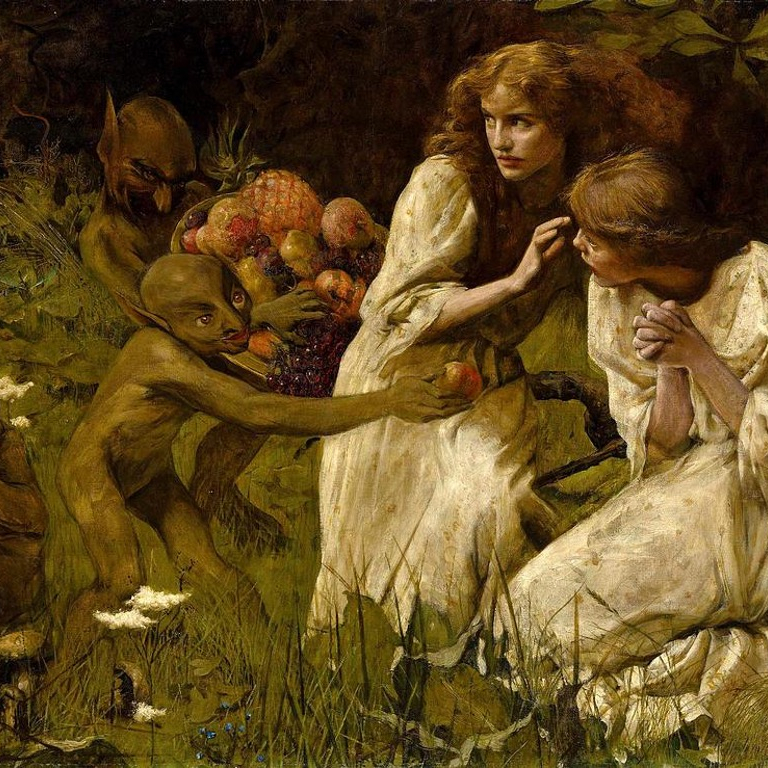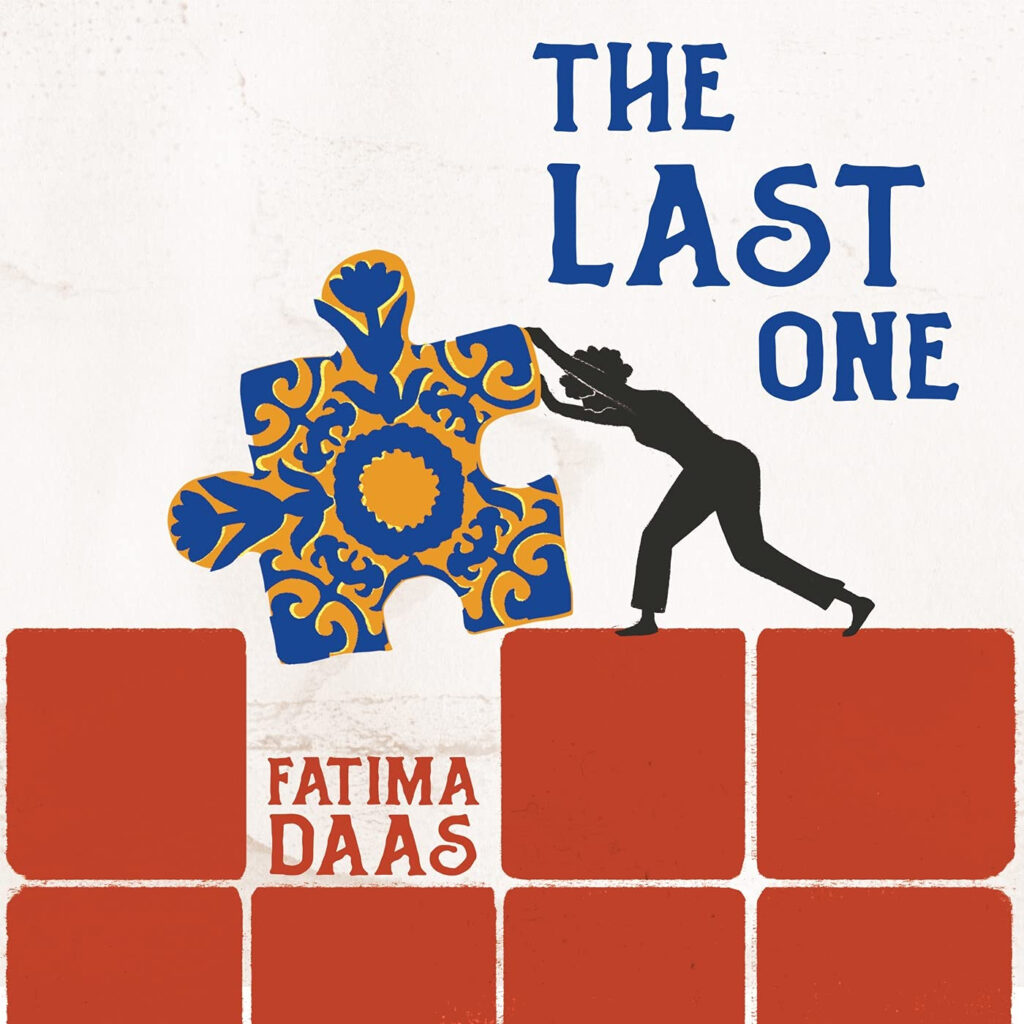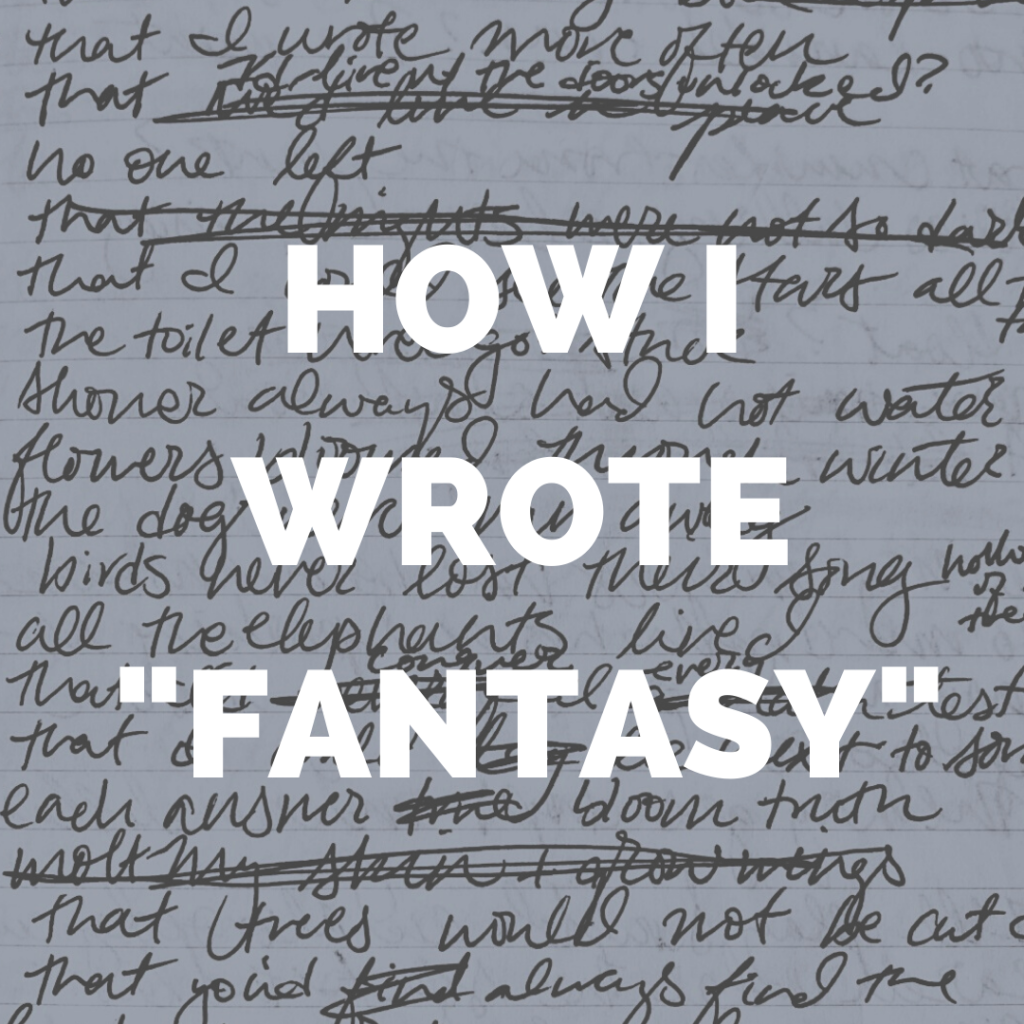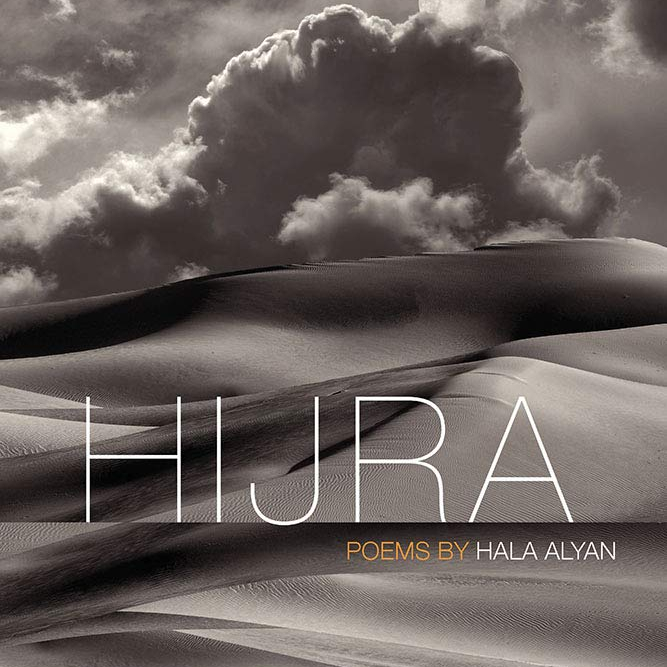Who We Are
Our Mission
Conceived as a meditation on the lunar orbit, Farside Review is an online literary magazine focused on publishing emerging authors—because, in an age of unprecedented connection, the ingenuity of new voices captivates us in the same way the elusive “farside” of the moon does.
In that vein, we aim to be a home for creative work that rediscovers the familiar, infusing universal themes with singular perspectives. We want to uncover the infinitely faceted nature of our art, our love, and our tragedies, and we welcome pieces that remix myths and experiment with form.
So give us you—the inertia of memories that smear into your futurity, your crumpled edges of identity, your old stories threaded into new skins. We’re ready for you to subvert our expectations.
Read Our Latest Issue
Issue III Out Now
POETRY
Jannah Yusuf Al-Jamil, Jaya Avendel, Tom Barlow, Kyle Brosnihan, Luís Costa, Trini Feng, Ren Gay, Pragnya Haralur, Dorothy Lune, Nick Maurer, Emily Pickering, Betty Stanton, and Nova Wang
FICTION
Timothy Day, Aleina Grace Edwards, Trini Feng, Adam Galanski, Alix Laimite, Andy Lopez, Liz Lydic, Jack Moody, Alli Parrett, Moore Queri, and Rina Song
CREATIVE NONFICTION
Margo Griffin and Melissa Nunez
ART AND PHOTOGRAPHY
Dusty Ray and Jérôme Oudot “Trëz”
Articles and Interviews
Features Section
A Tale of Two Women: TwitterNG Gender Wars Are a Vote on Patriarchal Values
Twitter is where young Nigerians settle scores, and at the top of the scoreboard are gender wars. Two women's social media experiences highlight the patriarchal values upheld in Nigerian society.
Putting Pen to Paper: Five Novels About Writers
As a writer in my twenties who has yet to write or publish a book, I’ve found myself within the pages of each of these literary tales. It’s comforting to know that in many ways, we are all part of the same story.
How Goblincore Redefines Beauty
Goblincore, a new online subculture, is determined to prove beauty really does exist in the eye of the beholder. Rather than prioritizing the aesthetic of dainty, sensuous folklore characters, it uses goblins to embrace the strange, queer, and peculiar.
When Do We Stop Writing?: Fatima Daas’s Commitment to the Unethical Truth
"The Last One" by Fatima Daas is an ambitious work of autofiction, covering a young woman’s adolescence with chronic asthma and her development as a practicing muslim and a lesbian in Paris.
the image, & the fold (in-)of love. (Joyce / Žižek). (—why I write). …
Contributor Mark Bolsover discusses why he writes as well as how he wrote his story “the Super-Blood moon (—eclipsed), the hunt, & the… “tuppenny upright," which was published in Issue I.
Three Steps to “Forty-seven Forty-nine”
Contributor Holly Eva Allen breaks down her process for writing her short story "Forty-seven Forty-nine," which was published in Issue I.
How I Wrote “Fantasy”
Issue I contributor Grace Q. Song breaks down her process for writing her poem “Fantasy," which was published in Four Way Review.
Death Match: How Dystopian Lit Shaped a Generation
The unsteady legacy of modern dystopian raises a central question: What is purpose of literature? Is it purely a technical craft? Or does literature’s value come from its sociocultural function?
The Exilic Feminine Identity in Hala Alyan’s “HIJRA”
The collective feminine voice in HIJRA shows us that writing on exile is not only a way of lamenting what has been lost, but also as preservation of history and narrative.
A Love Song to Lucy Caldwell’s “Being Various”: A Lesson on Irishness
The stories as chosen by Caldwell here, an incredibly recognised name in modern Irish fiction currently, are wondrous. They are life-saving and they are confounding.
 A Conversation With Chad Norman - Chad Norman is a writer from Nova Scotia whose poems have appeared in literary magazines around the world over the course of 40 years. He has authored 19 books of poems and two children's books.
A Conversation With Chad Norman - Chad Norman is a writer from Nova Scotia whose poems have appeared in literary magazines around the world over the course of 40 years. He has authored 19 books of poems and two children's books. A Conversation With Danae Younge, Author of “Melanin Sun (−) Blind Spots” - Issue II contributor Danae Younge discusses her debut chapbook, "Melanin Sun (—) Blind Spots," which won the National Federation of State Poetry Societies' Florence Kahn Memorial Award.
A Conversation With Danae Younge, Author of “Melanin Sun (−) Blind Spots” - Issue II contributor Danae Younge discusses her debut chapbook, "Melanin Sun (—) Blind Spots," which won the National Federation of State Poetry Societies' Florence Kahn Memorial Award. A Conversation With Lyndsey Ellis, Author of “Bone Broth” - Lyndsey Ellis is the author of "Bone Broth," her debut novel centered around a family in the suburbs of St. Louis, Missouri in the wake of the police shooting of Michael Brown in nearby Ferguson.
A Conversation With Lyndsey Ellis, Author of “Bone Broth” - Lyndsey Ellis is the author of "Bone Broth," her debut novel centered around a family in the suburbs of St. Louis, Missouri in the wake of the police shooting of Michael Brown in nearby Ferguson. A Conversation With David Huebert, Author of “Chemical Valley” - David Huebert, winner of The Walrus Poetry Prize and CBC Short Story Prize, talks about his new short story collection "Chemical Valley," dirty nature writing, and the creative process.
A Conversation With David Huebert, Author of “Chemical Valley” - David Huebert, winner of The Walrus Poetry Prize and CBC Short Story Prize, talks about his new short story collection "Chemical Valley," dirty nature writing, and the creative process. 









